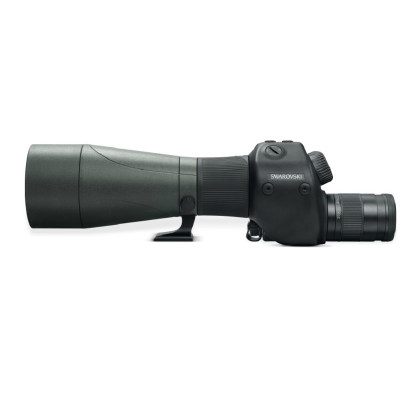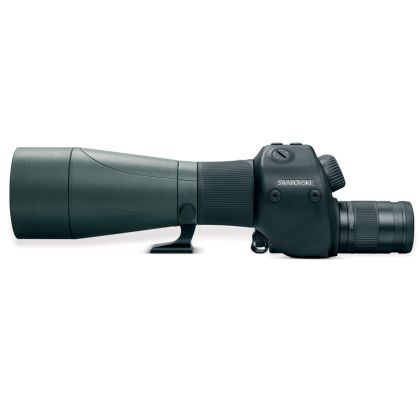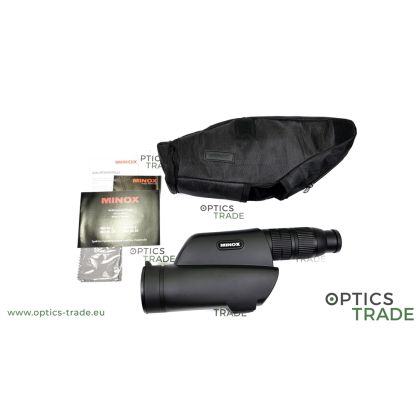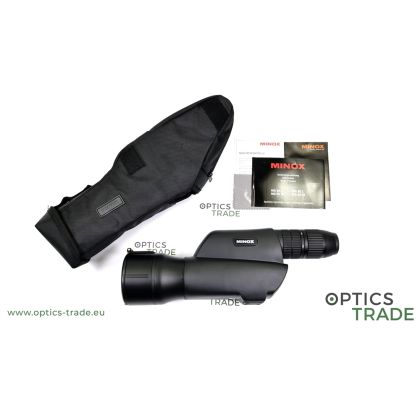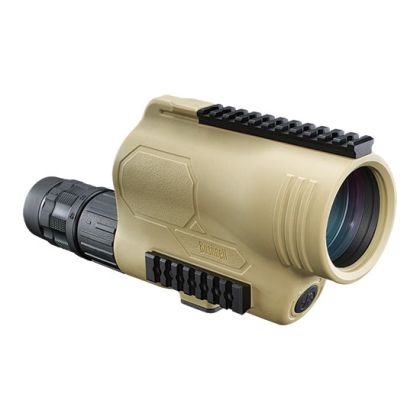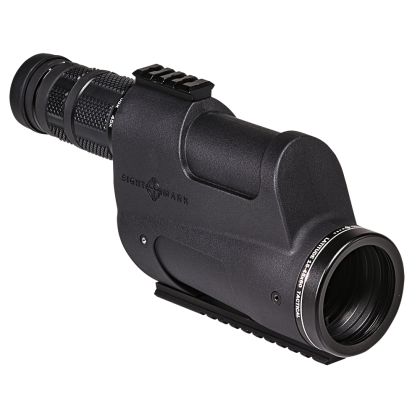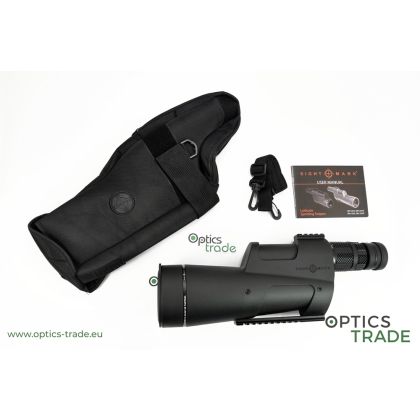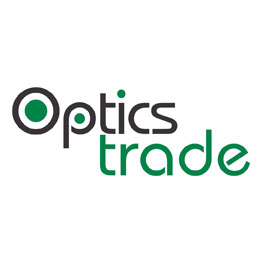Mounts
Target Spotting Scopes
Target or tactical spotting scope?
Target or tactical spotting scopes are one and the same devices. Two names are just because of two different user groups that use these kinds of optics.
For example:
-
Sports shooters, benchrest shooters, and F-class shooters name them "target" spotting scopes.
-
Tactical shooters, the police, and the military, on the other hand, use the word "tactical" spotting scopes.
Therefore, both designations are correct.
Scopes with an integrated reticle are normally a lot more expensive then spotting scopes without a reticle, especially if the glass quality is comparable. For a long time, only premium manufacturers produced spotting scopes with a reticle, which had a high quality and therefore a high price. In the last few years, also cheaper scopes can be found with such a feature, but the quality and precision are not comparable.
Tactical spotting scopes are very popular among tactical shooters, police, and military. In most cases the observation times are long, and only 1-3 shots are fired until the sniper with his spotter has to move to another spot.
Sports shooters use the scopes only on the shooting position for long term observations of their targets. Mostly the shooters observe the targets alone, with no additional spotter. Sports shooters shoot a lot of bullets downrange and need a high-magnification spotting scope to aim for the smallest corrections on the target.
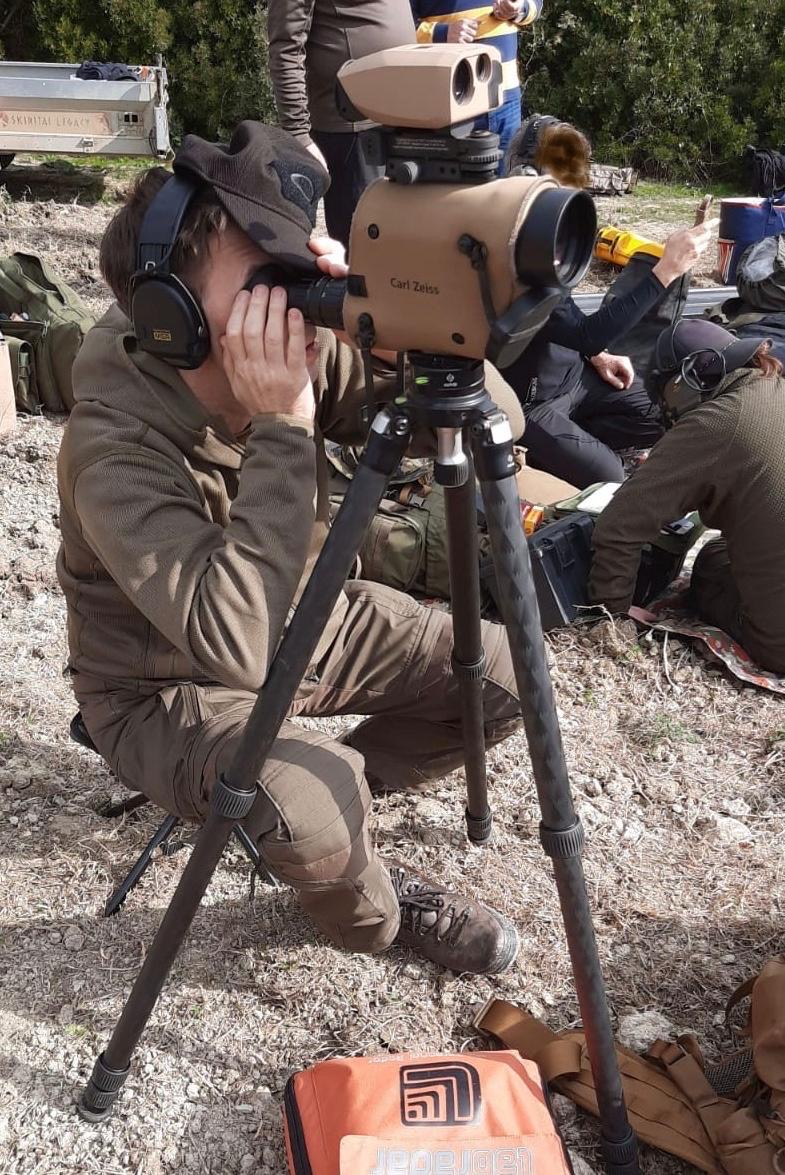
General features
All target/tactical spotting scopes on the market have a straight construction since it is easier and quicker to get on the target. Some tactical spotting scopes have also an integrated prism, which drastically reduces the overall length, but increases a bit of the height. This is designed for easier transportation in a backpack, where it takes a small amount of space.
No matter the construction, almost all tactical spotting scopes on the market feature mounting sections for additional Picatinny rails for attaching additional equipment, such as a red dot sight, a rangefinder, etc.
They all have the reticle in the user’s field of view, and for a long time, the Mil-Dot reticle was the most popular reticle in use. In the past, only simple reticles were built into a scope, but nowadays also advanced reticles are in use such as the Horus H59, Tremor 2, etc. The most common are reticles in MIL, but also MOA reticles are very popular.
Very rare are target/tactical scopes with a digital reticle, which can be completely turned off for a clear picture without a reticle. The only producer of such spotting scope is Swarovski, and with their technology, the reticle is projected into the user’s field of view, so the intensity can easily be adjusted for the user's needs.
In tactical spotting scopes with adjustable magnification, the reticle has to be positioned in the first focal plane, so the picture and reticle change simultaneously, in the exact same ratio. This means the marks in the reticle remain in the same ratio to the target at all magnifications.
The video bellow is illustrating how the reticle changes when changing the magnification.
General use possibilities for a tactical spotter
The majority of sniper teams consist of two soldiers:
-
the sniper and
-
the spotter.
The sniper is the one that caries a long-range capable rifle, and the spotter a rifle for short-range and additional optics for observation purposes.
In most cases, the spotter uses a tactical spotting scope for:
-
wind reading,
-
calculating the distances, and
-
observing the bullet trajectory for corrections.
After the first shot is fired, the spotter observes where the point of impact was and reads through the reticle the needed correction directly in MILs or MOA. For that reason, the reticle used in the rifle scope of the sniper, and the reticle used in the scope are the same – in MIL or in MOA.
The best-case scenario is whatsoever if the shooter and the spotter have the exact same reticle.
Sports Target shooting
Sports shooters like F-class and benchrest shooters do usually use the spotting scope simultaneously when shooting. They usually use the scope by themselves, without a spotter.
Since the majority of sports rifle scopes feature the reticle in the second focal plane due to the thin reticle, these scopes can be used for point of impact readings only on one exact magnification.
With the use of thE scope, whatsoever, the POI can be read at all magnifications, and the correction for the next shot can directly be adjusted on the rifle scope.
Magnification power
With the bigger objective lens of target/tactical spotting scopes, they feature also bigger magnifications then rifle scopes. With a bigger magnification power, it is a lot easier to spot the hits on the target, especially if the target spotting scope is mounted on a tripod, higher than the rifle scope on the rifle.
If the spotting scope is mounted higher, also mirage is not so much noticeable.
Observing the target through a scope is usually also more comfortable than through a rifle scope.
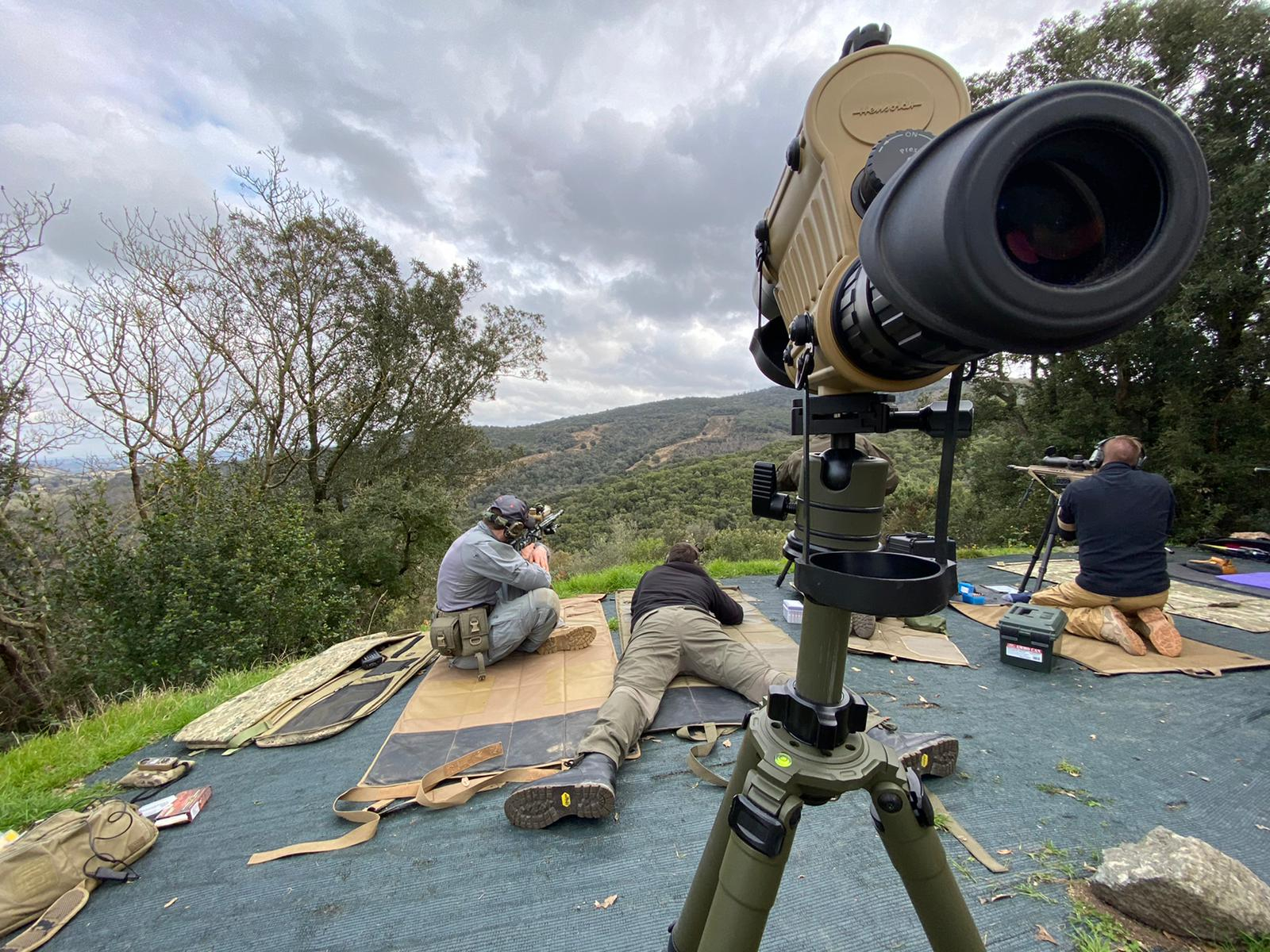
Eyepieces with integrated reticle
The majority of tactical or target/tactical spotting scopes on the market feature a factory built-in reticle. The only exception currently on the market comes from the US company Vortex, which offers a replaceable eyepiece for their Razor HD spotting scope and Viper HD spotting scope.
The scopes come with an eyepiece without a reticle, but an additional eyepiece with an integrated reticle can be purchased separately and replaced when needed. With such, you can transform your normal spotting scope into a target spotting scope.
For now, Vortex is the only manufacturer that offers such an eyepiece, but since this is a great feature, we are sure that other manufacturers will follow.
Best overall tactical spotting scopes
In the past, the best tactical spotting scopes on the market, and the most established brands in this category were definitely Hensoldt and Leupold.
Their scopes are widely used all around the globe by professionals in all climate conditions and harsh environments.
Today also Swarovski and Vortex joined with their high-end tactical scopes since they also offer extremely good optical performance, which is of paramount importance when spotting bullets flying downrange, and observing the bullet point of impact.
High-end scopes are available only for a high price. This is because of the great optical quality they offer, which is expensive to produce.
A short presentation of Tactical spotter is available here.
Video of Target/tactical Spotting Scopes
Slideshare presentation od target shooting spotter
Filters
Sort
Filters
Sort
